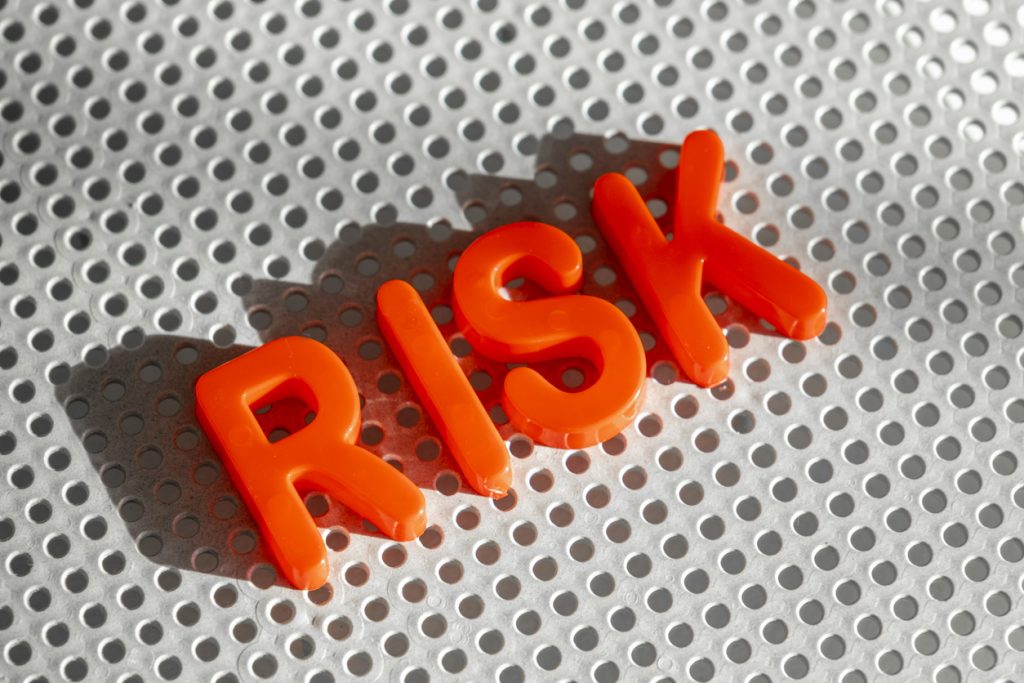Investing, like life, exposes us all to a wide range of risks, big and small. Any or all of these can affect investment returns, making it harder to accumulate and protect wealth, reach our financial and retirement goals and preserve what we’ve built for the next generation.
If you have a handle on these risks, you can make decisions to avoid them, shift them to a third party (like buying insurance) or simply retain them – if you have enough wealth accumulated to weather the storm.
Broadly speaking, being ready for these risks starts with creating a plan, ideally with a coach or an investment professional, and designing a portfolio that can ensure you stay on track, avoid the biases we all have as investors and achieve your financial goals.
The risk of disability, dying young – or living long
Health, as they say, is the first wealth, so disability or death can be the biggest risk to a financial plan and reaching your goals – for yourself and for your family. After all, your most valuable risk is your earning potential. But disability and death are by no means the only ones to prepare for. In fact, longevity risk – living longer than you planned – can also pose challenges if you haven’t saved enough for that likelihood. Cost of care late in life, after all, can be exorbitant, drastically affecting the life you planned on living in your retirement years and your legacy once you are gone.
Inflation risk and liquidity risk
On paper, you may have a fully paid home worth $1 million, $2 million or more but if all you have is a few thousand dollars in liquid savings, living the lifestyle you dream of will be limited. So-called liquidity risk may force you to sell your home or other assets at inopportune times, accepting a lower price because you need immediate cash to live day to day.
Inflation risk can, ironically, be a by-product of investors averse to risk who prefer to put their money in “safer” investments like GICs over mutual funds or equities. The problem is that, while your GIC principal may be shielded from market volatility, if the interest rate return on a GIC is less than inflation, your savings actually begin to shrink year after year.
Market and concentration risks
Along with careful planning, capturing market returns as efficiently as possible is always the best investment philosophy. The key is to change the definition of risk from permanent loss of capital to volatility – for instance, avoiding buying an oil stock whose value may plummet to zero after a disastrous oil spill and instead investing in an energy sector mutual fund or spreading the risk over broad types of investments, industries or geographies. The ups may not be as high, but you’ll be better protected from the drops.
At the end of the day, the best way to reduce or eliminate most of these risks starts with personalized and experienced financial planning and investment management that can help you go the distance. After all, it’s not about what your portfolio is worth each morning but whether you have a plan and a discipline in place that ensure you’re always on track to achieving your long-term goals.
If you’d like to discuss the various risks and opportunities to your investments as well as a financial plan that can help you accumulate, protect and preserve your wealth, please don’t hesitate to reach out to us.

